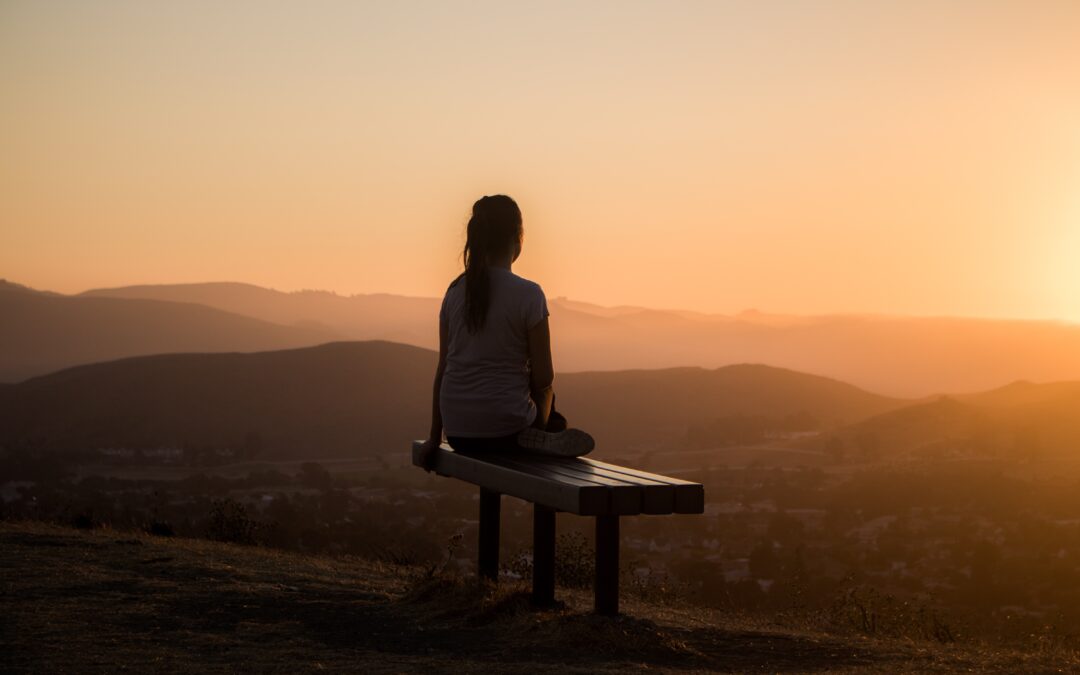I actually feel intimidated to write this about meditating because although I have incorporated meditation in my life for many years, I find myself learning more and more about it every day. I would say I am not new to meditation but I am definitely not an expert. What I do know is that approaching this and life from a beginners mind has always really helped me in so many situations. For me, it helps cultivate more curiosity, more awe, in my life. Just as I sit or lay down, I begin to see what comes up or what I get to work through and have more compassion and kindness for myself. That helps me to be compassionate with myself and through the practice. That is really what it is about – the practice. Always coming back even though my expectations of my mediation seem different than my experience. The real work is the coming back and lightening up those expectations. As Tara Brach says, “Don’t just drag the mind back to the breath,” “Instead reopen the attention, then gently come and land again.”
“Where we build our skill is in the practice of coming back,” she says. “Coming back again and again. Notice it — thinking — and then pause, and then come back to the present moment.”
The return to practice and allowing the beginners mind to take form then bleeds into my worlds. It gives me inner strength to move through my day with more calm, clarity and ease. It separates all the stuff we go through and be able to distance myself from it so it doesn’t feel like I riding a storm every moment but allows me to ride the calm waters too.
Dr. Daniel Siegel says that he believes that a practice like mindfulness or meditation is just as essential as brushing teeth. It cultivates what we need to nourish our nervous system in a way that will move from the evolution of react to respond.
For me, mindfulness and meditation (which I am going to use together for the purpose of this article even though there are differences in the practices) is a way to train my nervous system to create a new pathway. In ways that I have reacted in the past, I can feel empowered to know that with practice those neural pathways will be rewired.
Science shows that seasoned practitioners have smaller reactive centers in their brain. The emotional center, Amygdala, actually can shrink. In the “good ol’ days,” when we needed fear to activate our literal flight, fight so that we can run from the tiger or fight the bear, has stuck with us. Evolution moves slowly friends. So one way, like Daniel Siegel says, is to make a practice to inform the brain that we aren’t in fact in danger and that can be cultivated through mindfulness and meditation.
There are so many different forms of practice that allows an opportunity to explore what you are drawn to and need. This practice in itself has told me a lot about myself.
I will share personally that moving meditation through yoga was the beginning for me to be able to get into my body and out of my head. I still rely on this often. I shifted then to sitting and listening to guided meditations and/or music and continue this practice. I also have found finding quiet or sounds in nature so resourceful. A practice that I continue to come back to when I don’t feel like I am “doing enough” or “doing it right” is the self-compassion practice. Kristin Neff is an amazing resource who teaches on the app Insight Timer, whose resources are listed below. Also I love Sharon Salzberg, The Involution Group, Sarah Blondin and Tara Brach, just to name a few. Feel free to explore without any expectations. That is a mindfulness practice in itself. Have you ever gone to a class and loved the teacher and then one day they have a sub? Maybe you can allow yourself to learn from this person even though it’s not “your person.” That’s the practice. Notice what comes up for you.
So give it a try, be brave and practice. As a teacher from the Involution Group states, “Some people complain about taking time out of their day,” “Practice is important though. It’s a tool you can use to bring yourself back to the present in stressful situations.”
Some great resources are below:
- https://insighttimer.com/
- https://www.headspace.com/
- https://www.calm.com/
- https://www.smilingmind.com.au/
Kristin Neff, PhD– a great resource for learning more about cultivating self-compassion and why it can be one of our most helpful tools.
Resources from Kristin’s website: https://self-compassion.org/category/exercises/#guided-meditations
Videos: 3 components of self-compassion: https://youtu.be/11U0h0DPu7k
Internal objections/common misunderstandings about self-compassion: https://youtu.be/YFhcNPjIMjc Space between self-esteem and self-compassion: https://youtu.be/IvtZBUSplr4
*More videos on Kristin’s website as well if you’re interested.
Articles:
Modeling self-compassion and intersection between self-esteem and self-compassion: https://www.childandfamilydevelopment.com/blog/how-to-model-self-compassion/ https://www.livescience.com/14144-parenting-tips-compassion-esteem.html https://parenting.uwhealth.org/2015/08/self-compassion-in-kids/
Meditations to practice self-compassion:
Loving kindness meditation adapted for kids/teens: https://kidshealth.org/en/teens/relax-meditation.html https://gozen.com/love/

